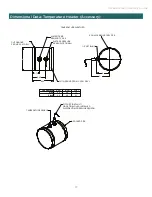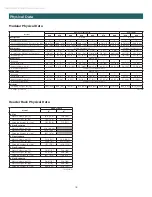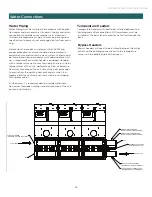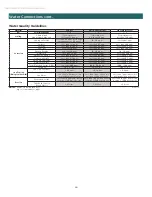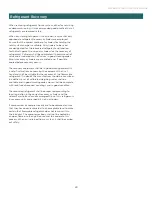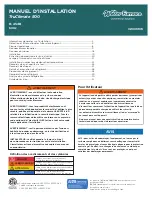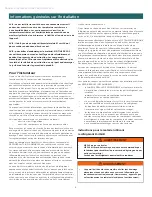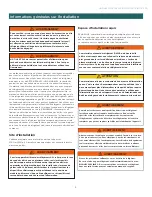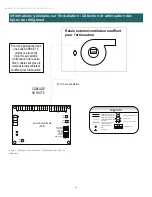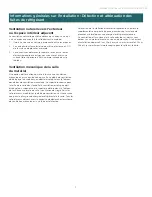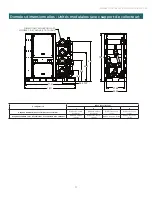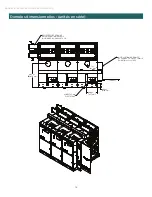
29
TRUCLIMATE 500 INSTALLATION GUIDE
Refrigerant Recovery
When removing refrigerant from a system, either for servicing
or decommissioning, it is recommended good practice that all
refrigerants are removed safely.
When transferring refrigerant into cylinders, ensure that only
appropriate refrigerant recovery cylinders are employed.
Ensure that the correct number of cylinders for holding the
total system charge is available. All cylinders to be used
are designated for the recovered refrigerant and labelled
for that refrigerant (i.e. special cylinders for the recovery of
refrigerant). Cylinders shall be complete with pressure-relief
valve and associated shut-off valves in good working order.
Empty recovery cylinders are evacuated and, if possible,
cooled before recovery occurs.
The recovery equipment shall be in good working order with
a set of instructions concerning the equipment that is at
hand and shall be suitable for the recovery of the flammable
refrigerant. If in doubt, the manufacturer should be consulted.
In addition, a set of calibrated weighing scales shall be
available and in good working order. Hoses shall be complete
with leak-free disconnect couplings and in good condition.
The recovered refrigerant shall be processed according to
local legislation in the correct recovery cylinder, and the
relevant waste transfer note arranged. Do not mix refrigerants
in recovery units and especially not in cylinders.
If compressors or compressor oils are to be removed, ensure
that they have been evacuated to an acceptable level to make
certain that flammable refrigerant does not remain within
the lubricant. The compressor body shall not be heated by
an open flame or other ignition sources to accelerate this
process. When oil is drained from a system, it shall be carried
out safely.



